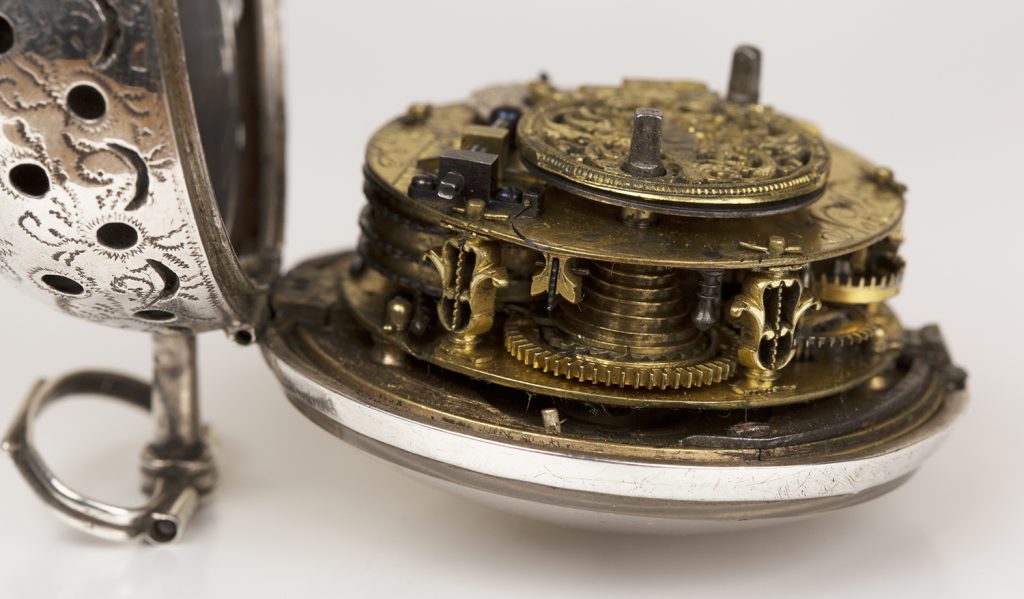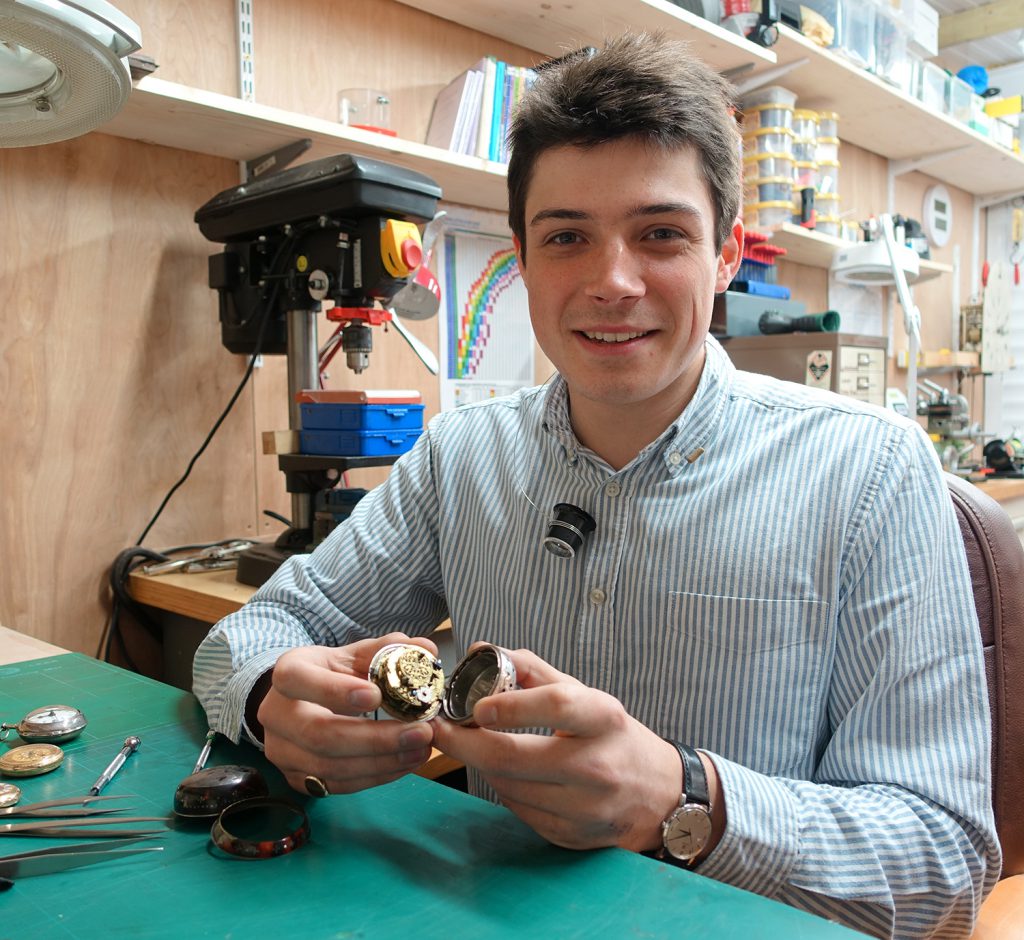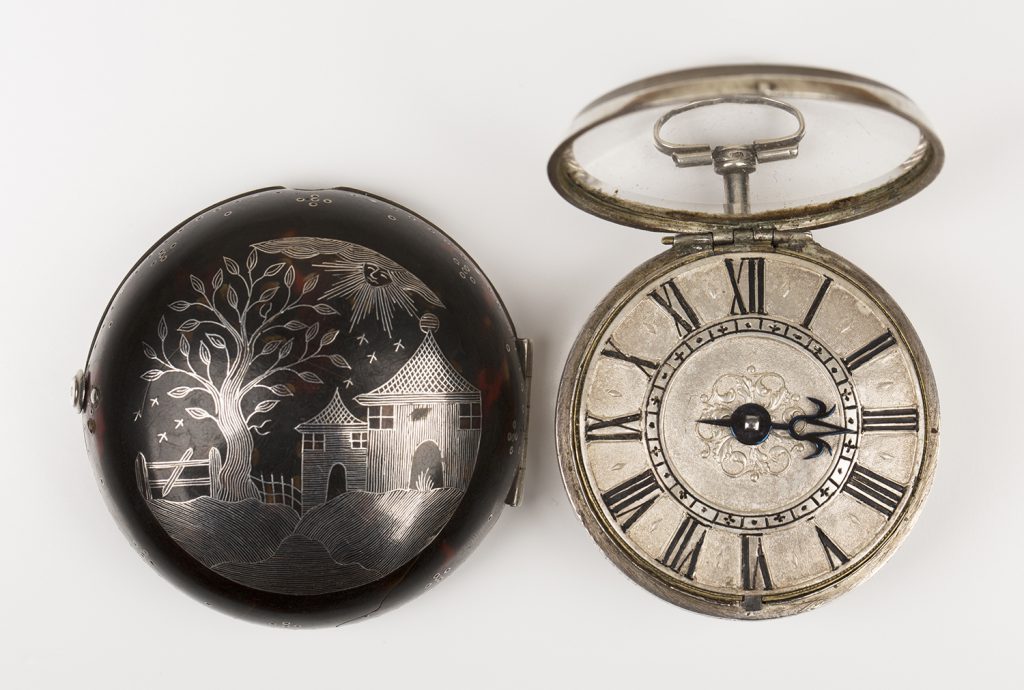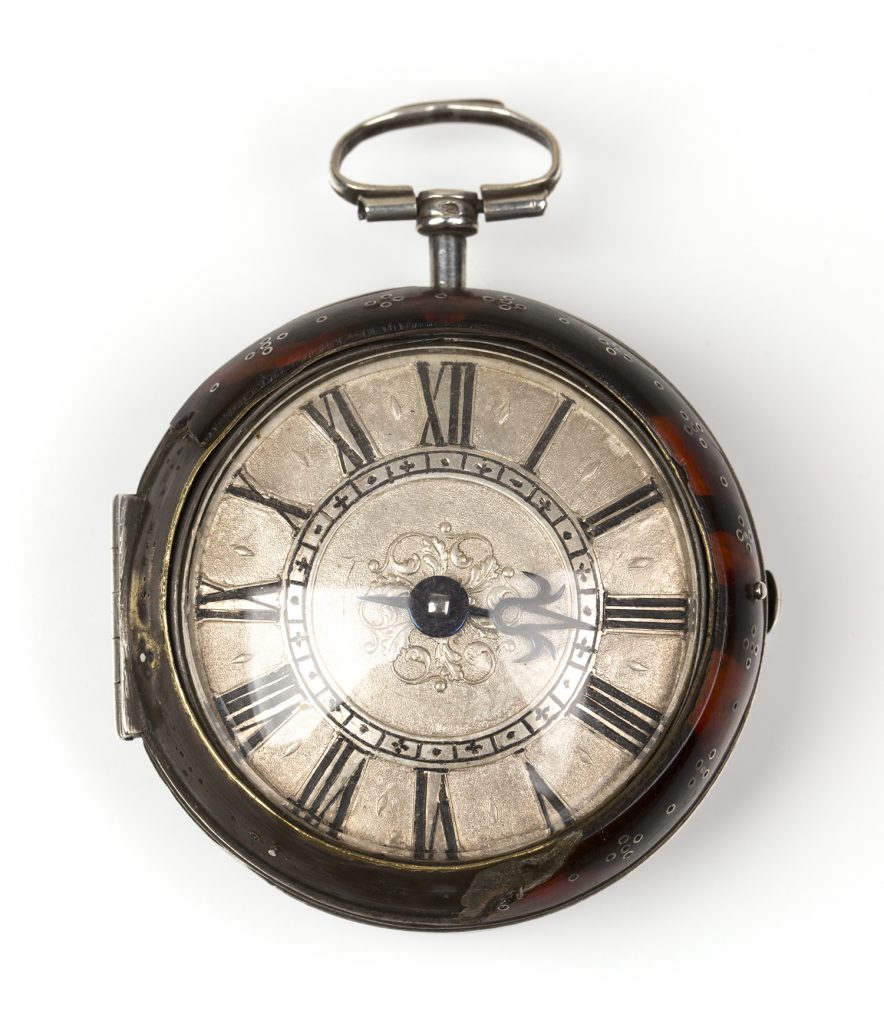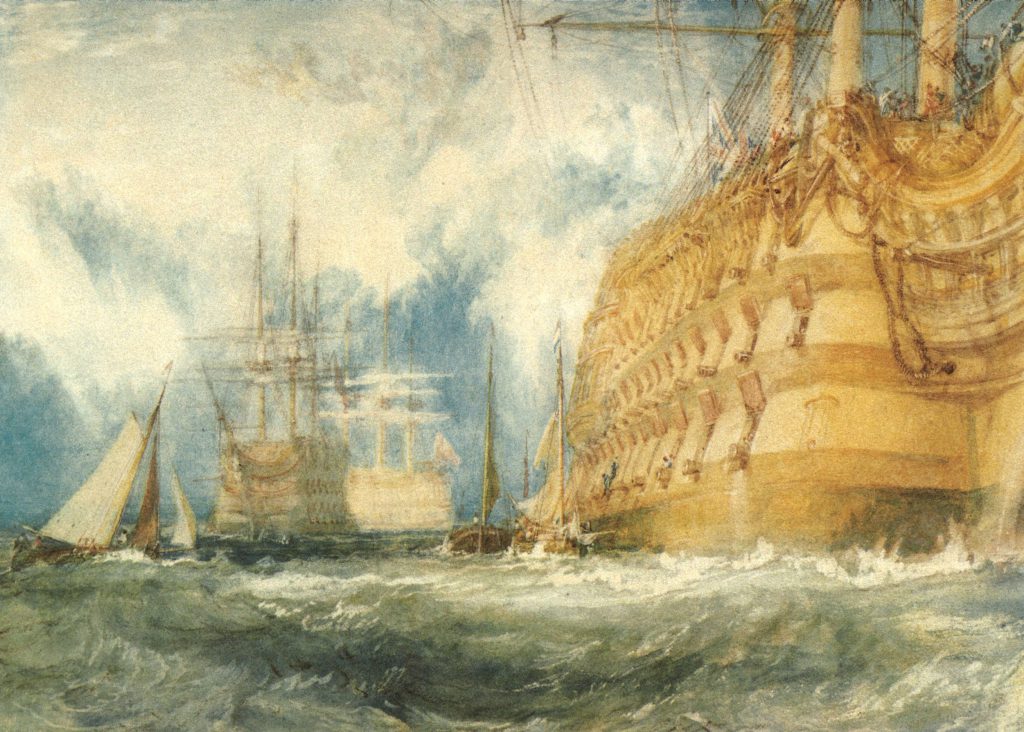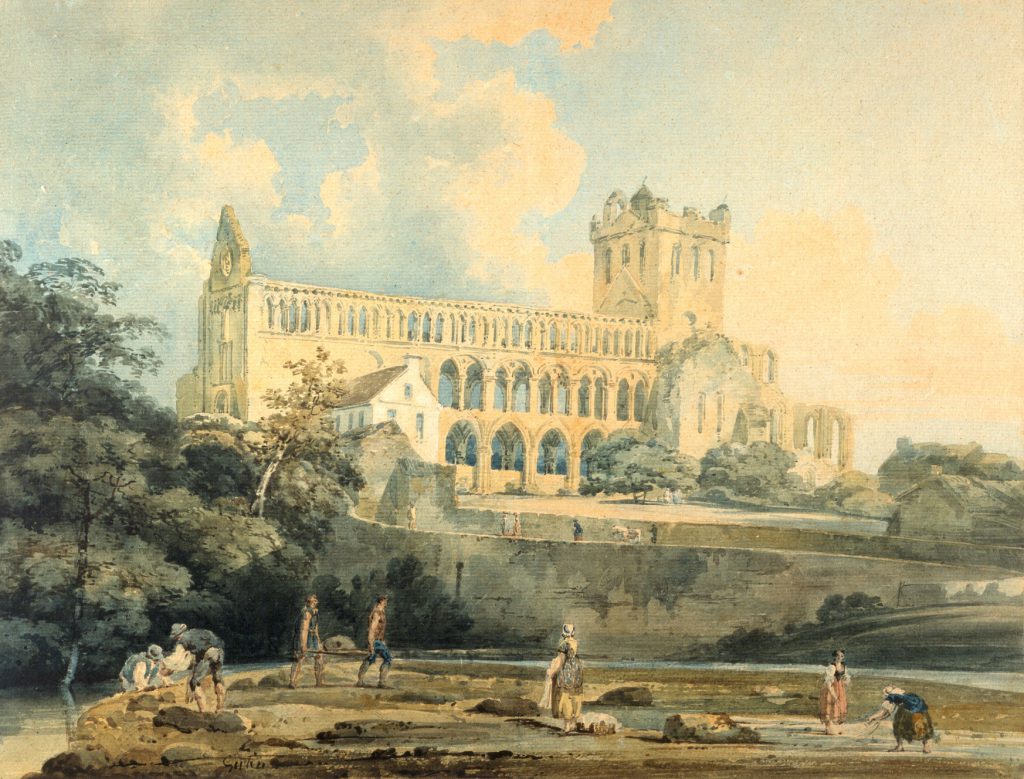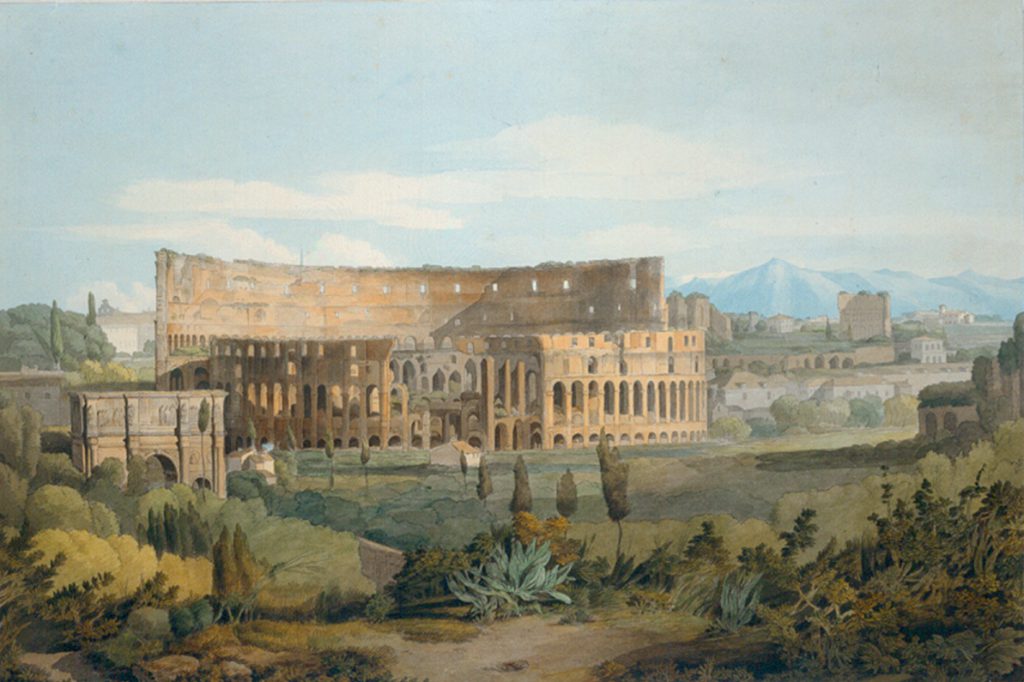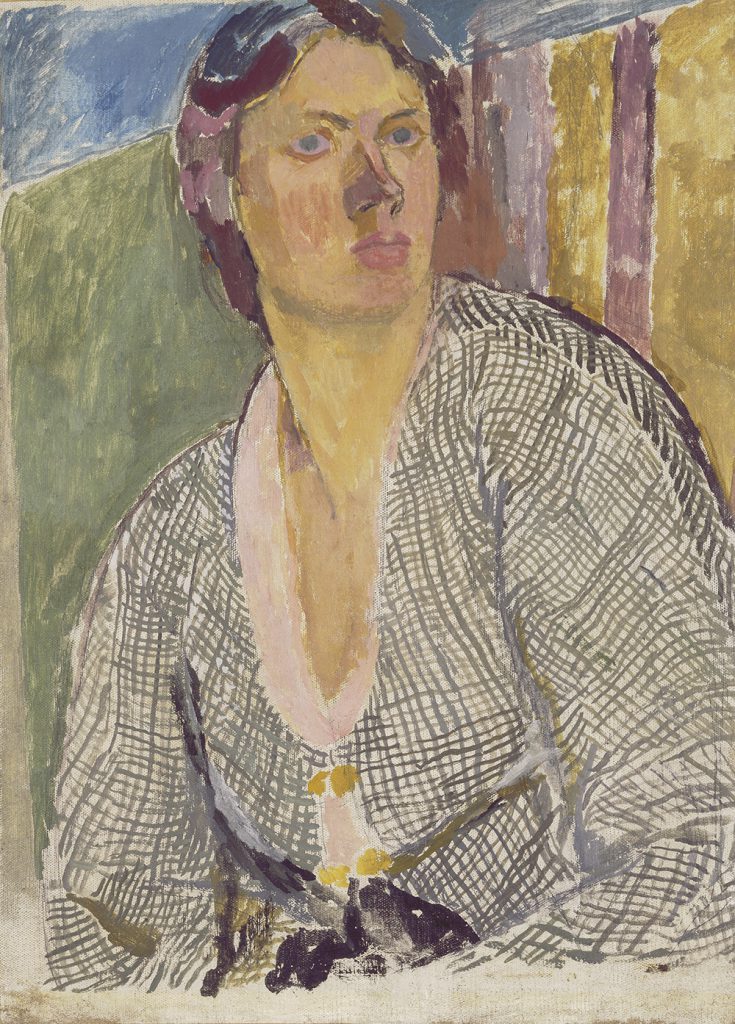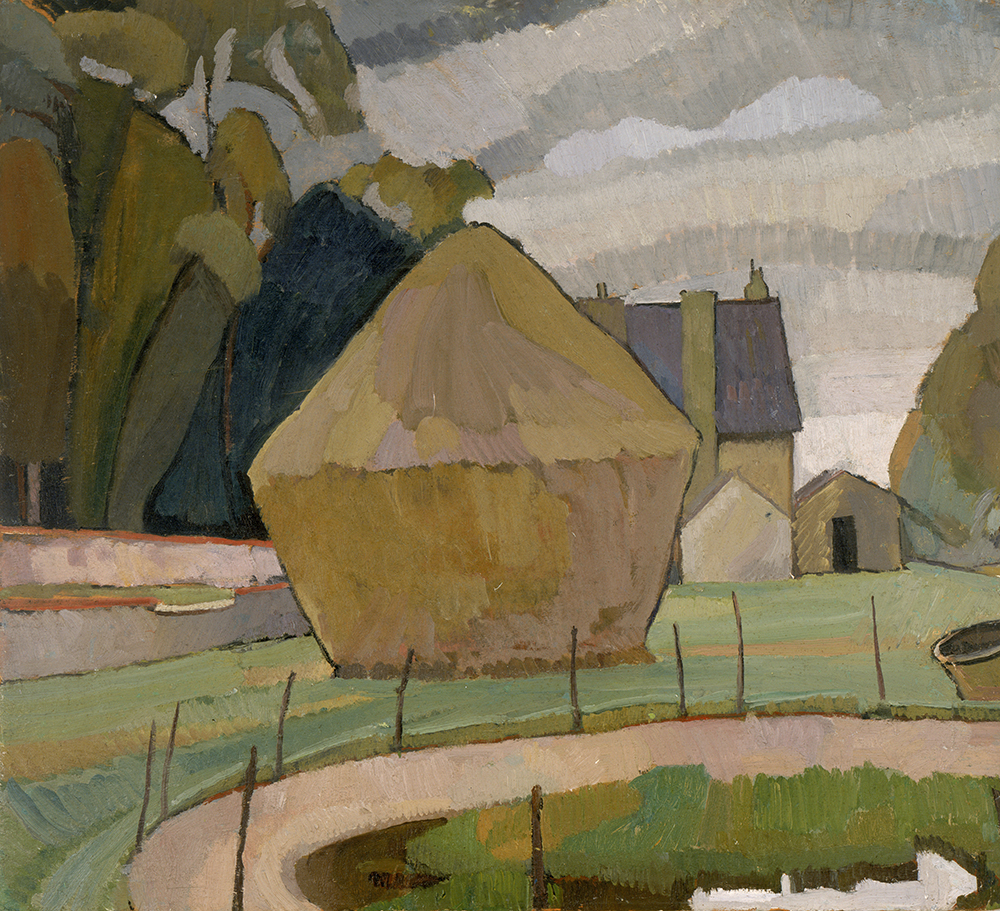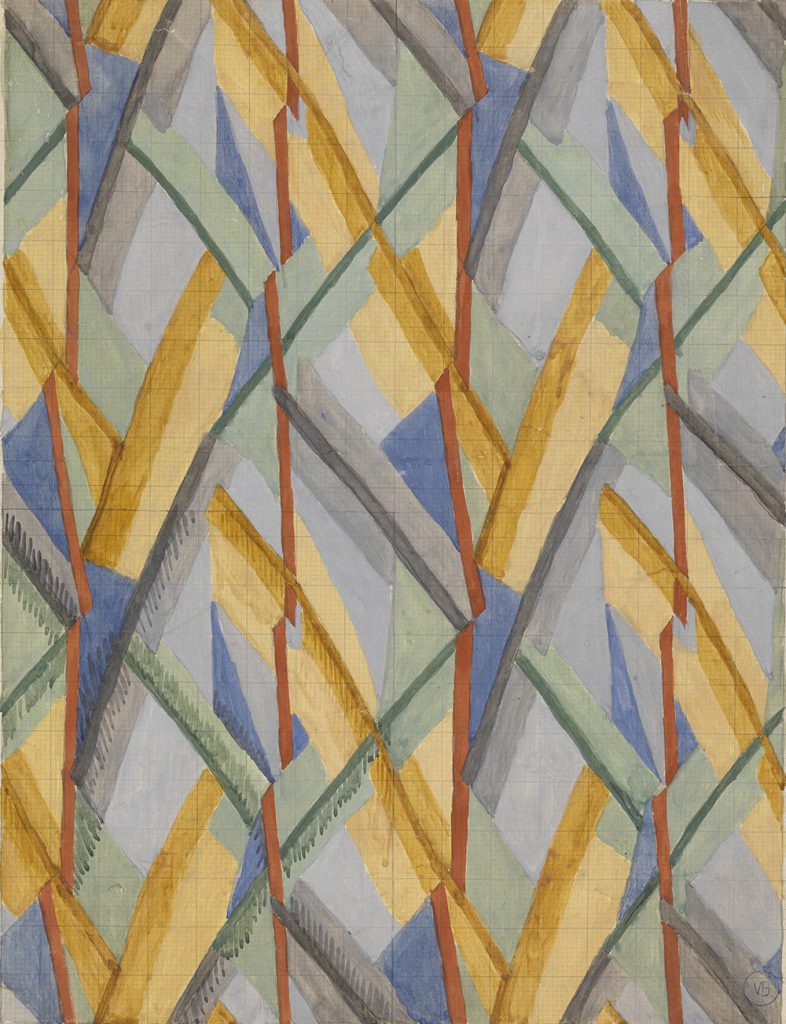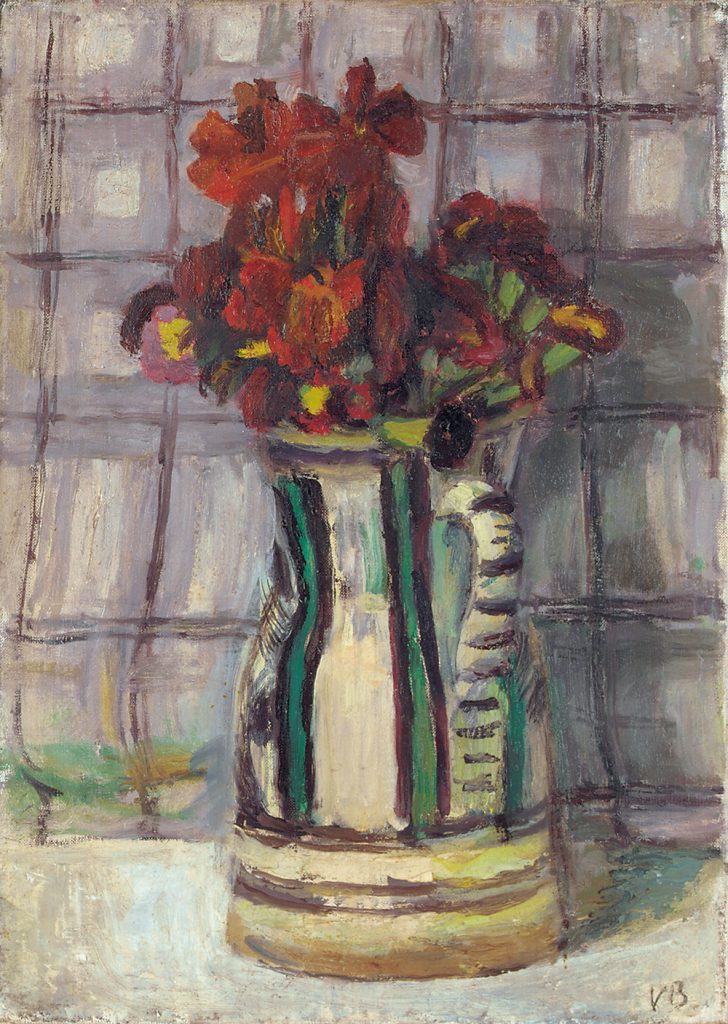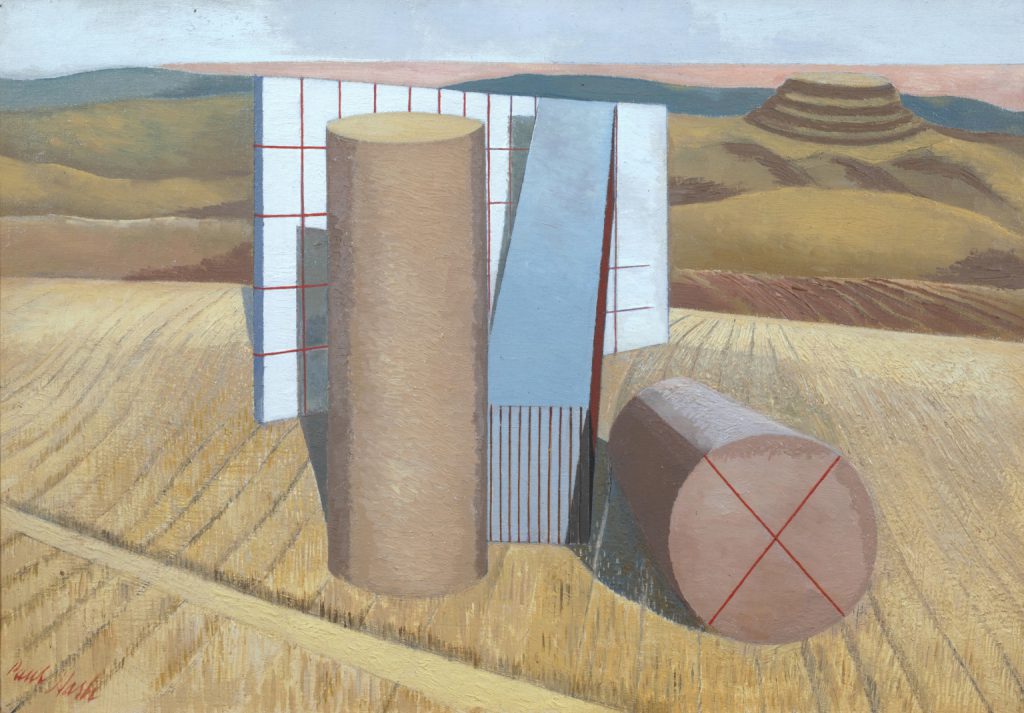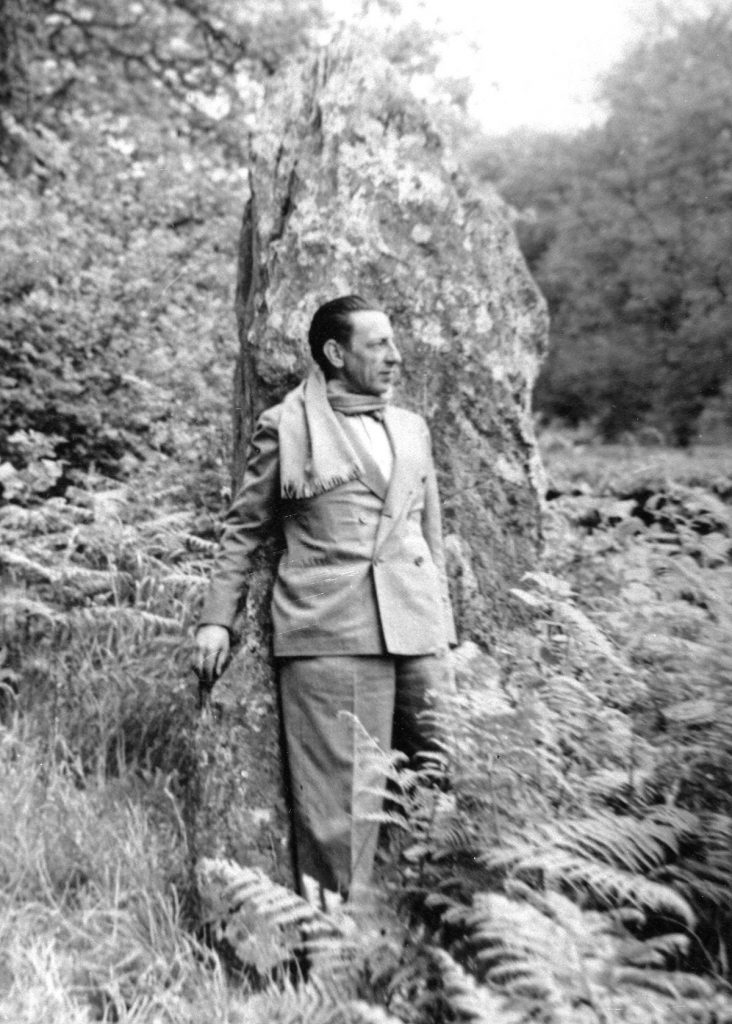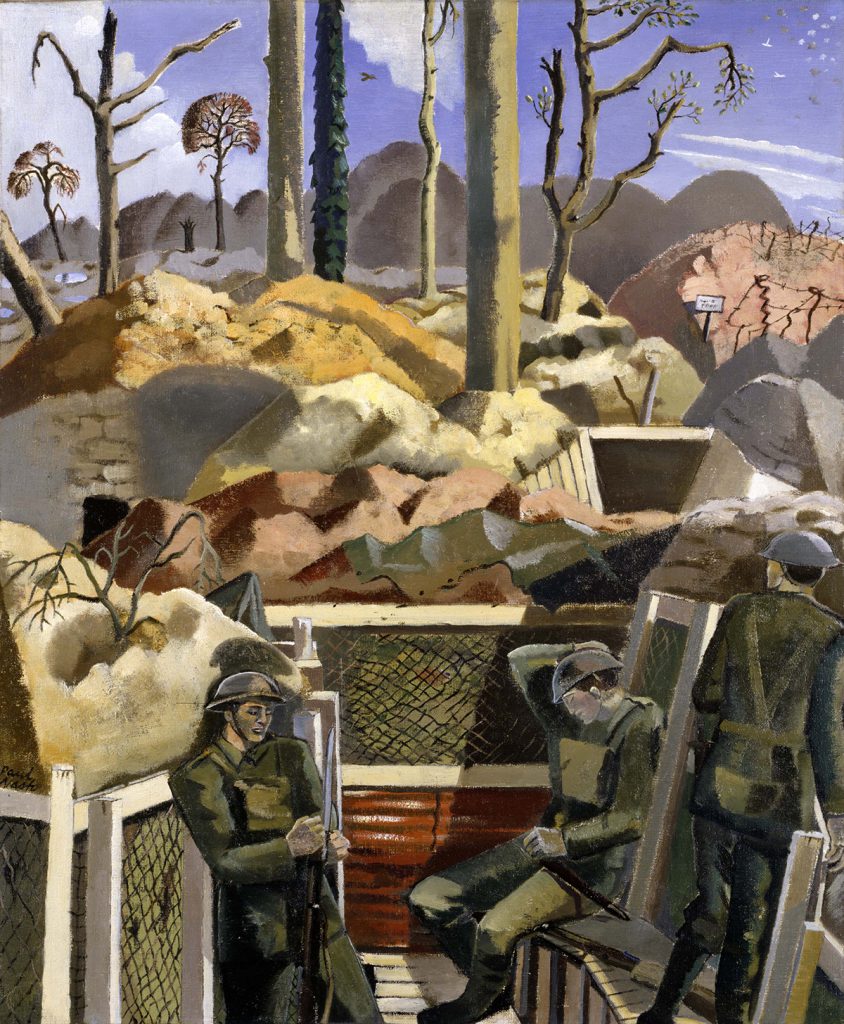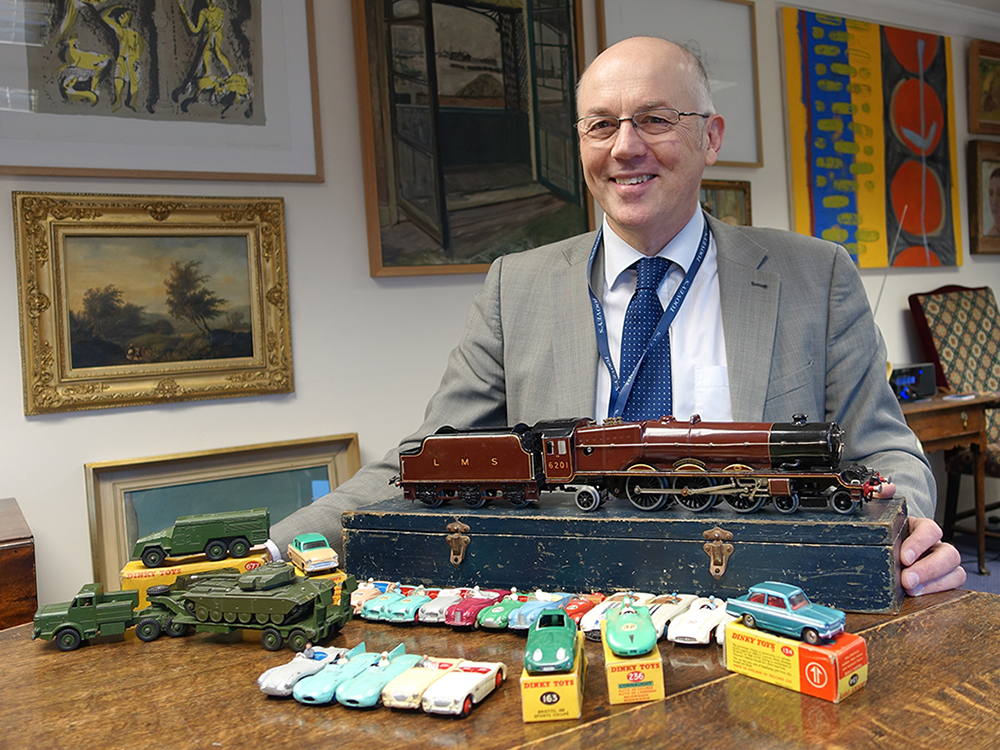
Toovey’s toy valuation event in support of the Horsham Museum & Art Gallery is becoming an annual event. Toovey’s specialist toys valuer, Christopher Gale, will be at the museum on Saturday, 18th February 2017, between 10am and 12noon providing free auction valuations and advice on your toy trains, cars, teddy bears, dolls and collectors’ toys.
Chris Gale says: “A third of the seller’s commission for items subsequently auctioned by Toovey’s will be donated by us to Horsham Museum to help with its important work.”
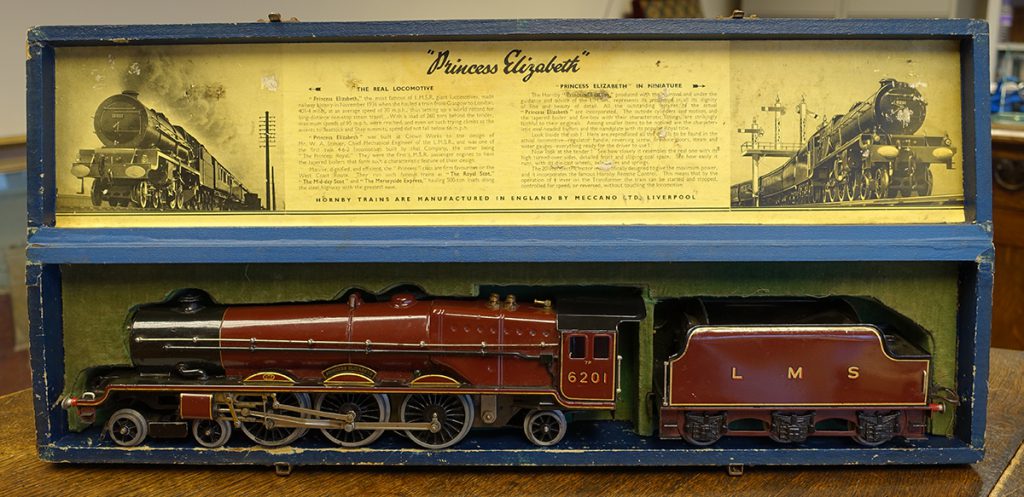
I ask Chris about his favourite recent discoveries. He shows me a Hornby O Gauge electric train with original box. He says ‘This is one of Hornby’s finest models and reflects the design of the original steam engine. The original Princess Elizabeth locomotive was designed by Mr W. A. Stainer and was built at the Crewe Works in Cheshire. It was one of the first 4-6-2 engines built by The London Midland Scottish Railway (LMSR). The Princess Elizabeth became the most famous of the giant LMSR locomotives when, in 1936, she covered the 401.4 mile run between Glasgow and London at an average speed of 70mph whilst hauling a train. The toy train was produced with the guidance and advice of LMSR.” The model, dating from 1937, looks resplendent in its ‘crimson lake’ livery and the detailing is marvellous.
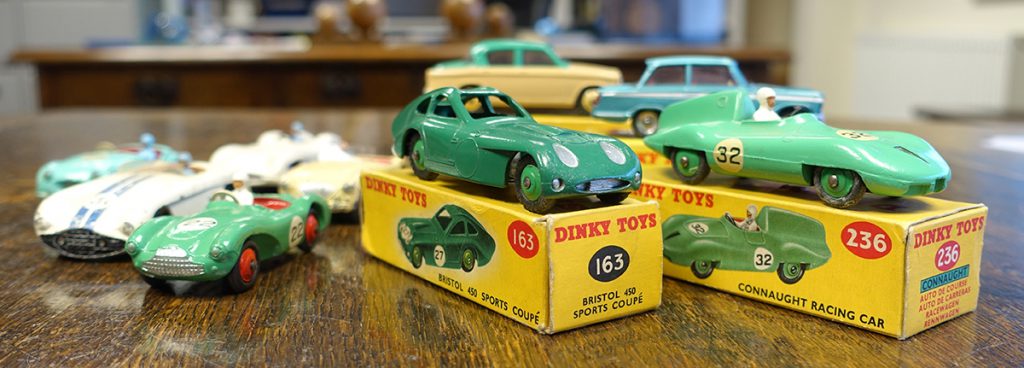
I love the Dinky Toys no. 163 Bristol 450 Sports Coupé and no. 236 Connaught racing car, both with their original boxes. Bristol and Connaught both raced at Goodwood in the 1950s. Chris comments “Toy cars and tin plate toys always have a strong following. Dinky cars, for example, delight grown-up collectors as they did when they were boys. And they love rare models which aren’t too play worn!”
Chris Gales’ enthusiasm is infectious and his knowledge of toys never fails to impress.
The toy displays at Horsham Museum are marvellous. Bring your toy trains, cars, teddy bears, dolls and collectors’ toys to see Chris Gale between 10am and 12noon on Saturday, 18th February 2017, for a morning of fun and free pre-sale valuations at the Horsham Museum & Art Gallery, The Causeway, Horsham, RH12 1HE. Toovey’s next specialist toy sale will be held on 21st March 2017. A third of the seller’s commission for items seen at the event and subsequently auctioned by Toovey’s will be donated to the Friends of Horsham Museum. Sellers will receive the full amount they would normally get but they will know that they have helped the Museum as well.
By Rupert Toovey, a senior director of Toovey’s, the leading fine art auction house in West Sussex, based on the A24 at Washington. Originally published in the West Sussex Gazette.
